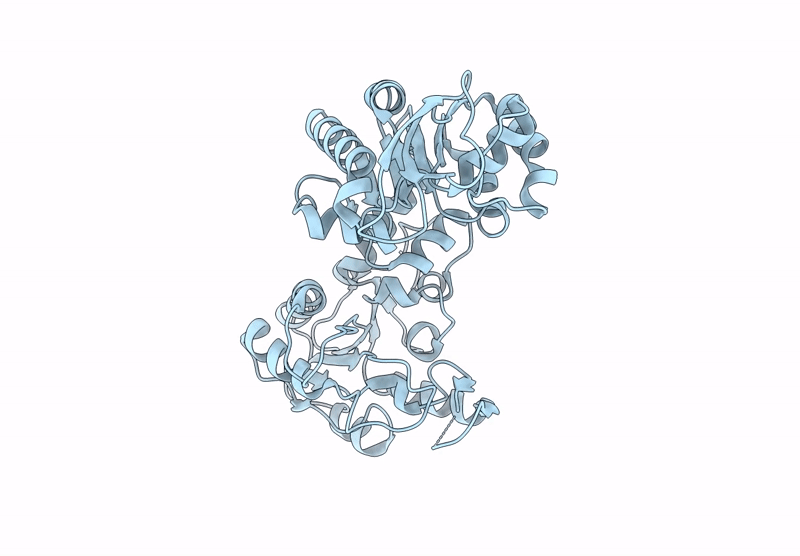
Deposition Date
2024-11-05
Release Date
2025-11-12
Last Version Date
2025-11-12
Method Details:
Experimental Method:
Resolution:
2.50 Å
R-Value Free:
0.26
R-Value Work:
0.23
R-Value Observed:
0.23
Space Group:
P 1 21 1


